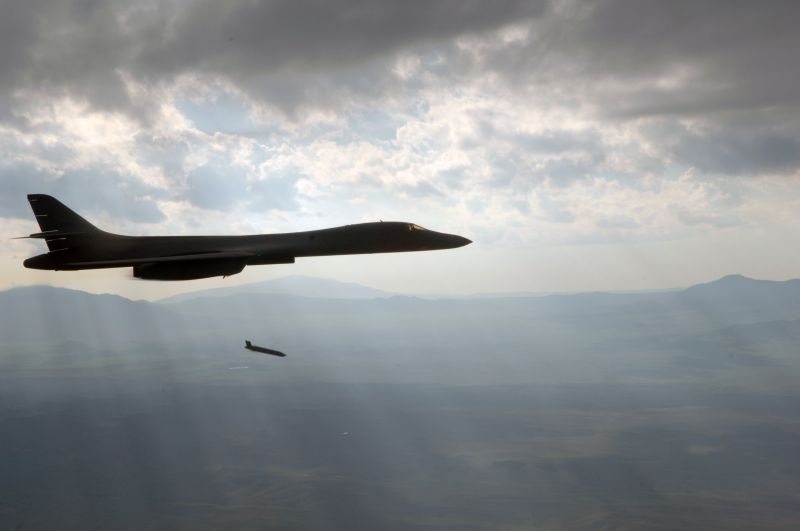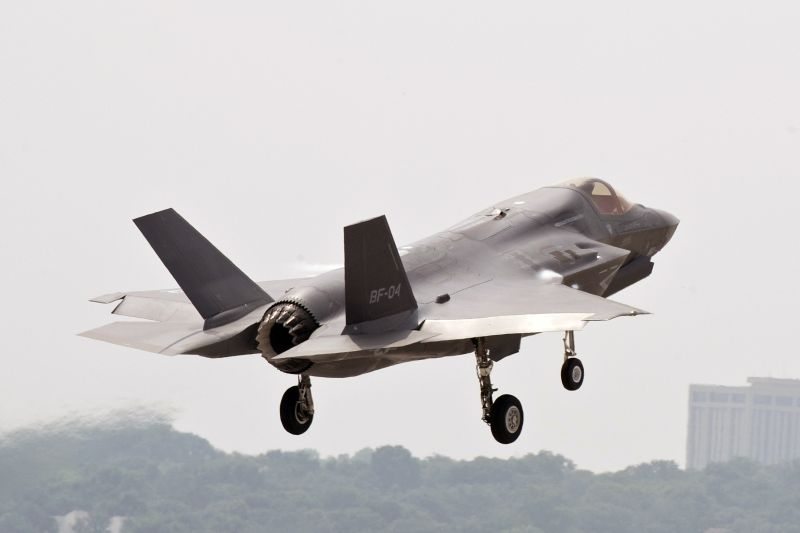Crisis stability and the means of maintaining it, crisis management, were central concerns in the Cold War. They are becoming relevant again as nuclear proliferation and the reemergence of great power competitors make dangerous interstate confrontations increasingly likely.
When managing an international crisis, U.S. leaders will need to defuse the threat of war without compromising important political or military interests, and they will want to do so before tensions escalate to the point at which one or both sides resort to nuclear brandishing.
In such situations, the United States must balance its threats with restraint. It must posture forces in ways that deter aggression without implying that an attack is imminent, while limiting its own vulnerability to surprise attack.
These seemingly contradictory requirements put peculiar demands on force structure.
Long-range strike assets — strike fighters, bombers, ballistic missiles, and cruise missiles — play an important role in crisis management, but are any of these systems more conducive to crisis stability than others and, if so, why?
To answer these questions, a RAND study examined the potential effects of alternative long-range strike systems on crisis stability, with a particular focus on specific attributes: potency, ability to minimize U.S. vulnerability to surprise attack, flexibility, responsiveness, and ability to convey the desired message in the event of an international crisis.
[Download not found]









